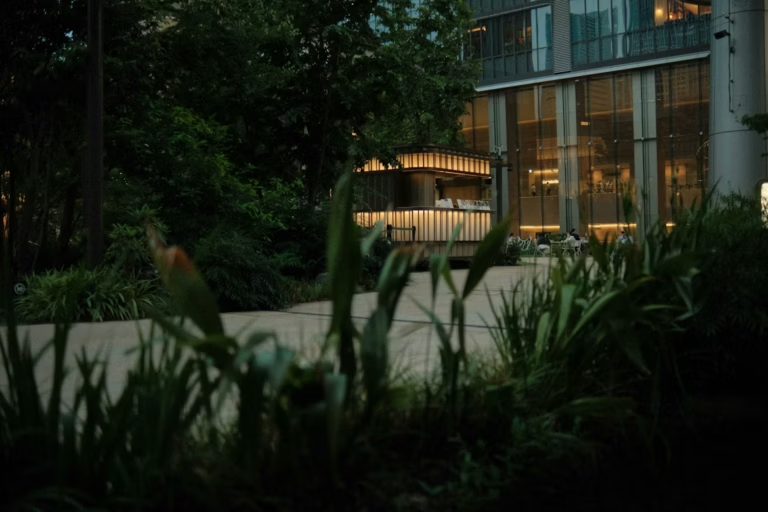Local governments in Western Australia oversee a wide range of public assets and community spaces—from civic buildings to carparks, depots, libraries, and leisure facilities. Each of these locations presents different security risks, and without a clear, structured approach to identifying and managing them, councils may be exposed to unnecessary incidents, liability, or reputational damage.
Security risk assessments provide councils with a practical, evidence-based framework for understanding risk, prioritising safety improvements, and planning future investments with confidence.
At Smartsec Security Solutions, we specialise in independent security risk assessments for local government. Our approach is tailored, standards-aligned, and grounded in real-world operational insight.
Why Security Risk Assessments Are Critical for Councils
Councils are responsible for both public safety and asset protection—two areas that intersect daily across facilities and open spaces. Whether it’s a public building experiencing repeat vandalism or a poorly lit park raising community concern, councils must be equipped to respond strategically, not reactively.
A well-structured security risk assessment helps councils:
- Identify vulnerabilities across assets and facilities
- Ensure staff and community safety
- Strengthen emergency preparedness
- Support insurance and compliance requirements
- Justify funding or infrastructure upgrades
- Reduce the likelihood and impact of incidents
What We Assess and Why It Matters
At Smartsec Security Solutions, we assess the risks that matter most to local governments—those affecting people, property, and public confidence. This includes:
- Unauthorised site access and trespassing
- Aggression or threats towards council staff
- Loitering, graffiti, or antisocial behaviour
- Gaps in CCTV coverage or ineffective surveillance
- Security vulnerabilities during after-hours use
- Lack of defined procedures or unclear roles during incidents
We review these risks in the context of your operations, existing infrastructure, and local crime trends—ensuring each recommendation is grounded in your site’s real-world environment.
Our Process: Practical, Structured and Easy to Use
We know councils are busy and often working across multiple departments. That’s why our security risk assessments follow a clear, staged process, designed for ease of use and internal implementation. Each assessment typically includes:
Site Walkthroughs
We visit your location(s) to evaluate access points, public interfaces, blind spots, lighting, signage, and existing controls.
Stakeholder Engagement
Where appropriate, we engage with key stakeholders—such as facilities managers, rangers, security staff, or community development officers—to understand how the site is used and what challenges are experienced.
Standards-Based Assessment
Our methodology is aligned with ISO 31000:2018 Risk Management and applicable Australian Standards, ensuring your report is defensible, strategic, and relevant for funding applications or internal planning.
Prioritised Recommendations
We break down recommendations into easy-to-understand stages:
- Immediate actions (quick wins)
- Medium-term improvements
- Long-term strategic upgrades
This ensures that even small teams can take action progressively, starting with the most urgent and achievable changes.
Types of Local Government Assets We Support
Our experience spans a wide range of council-managed sites across Perth and WA, including:
- Civic administration buildings
- Community halls and libraries
- Leisure centres and aquatic facilities
- Sports pavilions and change rooms
- Parks, laneways, and public toilets
- Waste depots and works yards
- Carparks and transport hubs
- Family services and childcare sites
Each location presents its own risks, and we adapt our approach to suit the purpose and function of each space.
We Help You Plan, Justify, and Execute
Beyond identifying problems, our assessments are designed to support action. Councils use our reports to:
- Justify capital works or grant funding
- Support internal safety planning and reporting
- Engage community stakeholders with clear, evidence-backed insights
- Define technical requirements for tendering
- Align with strategic documents like asset management plans, safety strategies, or CPTED frameworks
We also offer CPTED assessments and lighting audits for public spaces where visibility, access, and passive surveillance are a concern.
The Smartsec Difference: Independent, Local, Trusted
We’re not installers, and we don’t sell equipment. That’s important—because it means our advice is based solely on what’s best for your site, your people, and your community.
Smartsec Security Solutions is proudly:
- Independent – no sales commissions or product partnerships
- WA-based – with deep experience in Perth metro and regional environments
- Qualified – over 17 years in security consulting and risk management
- Standards-aligned – using ISO 31000, AS 3745, AS/NZS 1158, AS 2201.2 and other relevant frameworks
- Council-focused – with experience across community facilities, parks, and critical infrastructure
We provide practical advice, written clearly, and supported by photos, mapping (where needed), and real-world recommendations that your team can act on.
Need a Security Risk Assessment for Your Council?
Whether you’re responding to an incident, preparing for a funding submission, or reviewing your overall safety strategy, our team can provide the independent insight you need to move forward with clarity and confidence.
To arrange an assessment or find out more, visit our Security Consulting Services page.
Let’s help you build safer, more secure spaces—for your staff, your assets, and your community.



